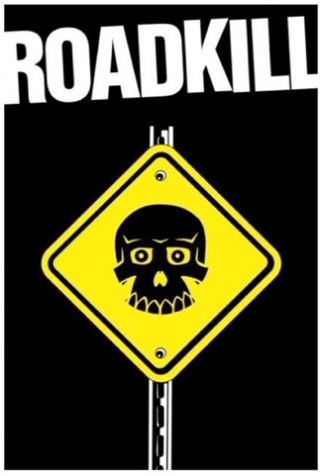
Vol. XXV, No. 5, May 2025
- Editor's corner
- Consumer expenditures for out-of-home entertainment and recreation not keeping up with inflation
- A paradigmatic shift for LBEs; the entertainment is no longer the primary attraction
- Gen Zers have global palettes
- Novelty seeking; the decline of repeat appeal
- As if arcade games aren't already large, welcome to the Human Crane
- If your entertainment venue isn't experiencing valueflation, it's probably losing ground
- The growing number of amusement and theme parks
- Saving clients from themselves
Saving clients from themselves
We don't intend to be cocky about this, but we spend a lot of time saving clients from themselves. It's not that our clients don't want to be successful. It's just that people new to the location-based entertainment center (LBE) industry, including family entertainment centers (FEC), don't know what they don't know, and what will work is so often counterintuitive to what they think will work. The LBE industry is more than forty years old, and many lessons have been learned the hard way at considerable expense and grief by past developers. Amazingly, despite having been disproven, myths from the industry's early days still show up in too many projects, only to be their downfall. Here's one recent example to illustrate the point.
We received an email from a prospective LBE developer in a smaller town in the Midwest. He had been working on his business plan for about a year and was about to go to his bank and investors to raise several millions for his project. Luckily, at the last minute, he decided to at least have us do a preliminary market evaluation to see if his project might work. He had based his assumption that his market was sufficient in size to support his LBE based on an existing successful LBE in a similar size town in his region of the country.
When we examined his market size and compared it to the existing LBE's market size he was benchmarking against, we found the existing LBE's market was 36% larger than his market with significantly better socio-demographics. This was a significant difference since he was in a small market. Regardless, there was a chance that his market was sufficient provided that everything else about his project was up to successful LBE standards.
We checked out his site on an aerial and found it was a building in a downtown location on a street with very limited parking and no businesses that would be open in the evening. That alone would be the kiss of death. Customers want to park at the front door to feel safe, especially at night. They want to see the front door when they park and the parking lot area where their car is located when they leave the building. This is a basic golden rule of development learned years ago in the retail industry. The existing LBE he was benchmarking against was a freestanding facility with a large parking lot in front of the building. When we discussed our findings with him, we learned the building he was planning to purchase was three stories, and he planned to put the main entertainment attractions on the first ground floor and put the game room and laser tag in the basement. Talk about the ultimate kiss of death. The LBE industry learned years ago that game rooms and attractions don't work on the 2nd floor, let alone in a basement.

He explained that he had picked this particular building because it was cheap. We explained to him the rent or price of a retail-type building is based on the amount of business that can be done in it, so cheap means little business. In almost all cases, a more expensive location will be a better choice, as higher rent or purchase price equals more revenue. A higher-priced location is usually more profitable.
It wasn't pleasant having to explain to him that his dream LBE was doomed for failure, what we call industry roadkill, and that he shouldn't proceed with it. Luckily, he seemed to accept our advice, and we then had discussions about what would be an ideal site in his town and that he needed to be patient until the right site became available.
Inexperienced LBE entrepreneurs don't know what they don't know and can easily be on the route to roadkill. They need guidance from knowledgeable and experienced industry professionals to ensure their success.
Subscribe to monthly Leisure eNewsletter
Vol. XXV, No. 5, May 2025
- Editor's corner
- Consumer expenditures for out-of-home entertainment and recreation not keeping up with inflation
- A paradigmatic shift for LBEs; the entertainment is no longer the primary attraction
- Gen Zers have global palettes
- Novelty seeking; the decline of repeat appeal
- As if arcade games aren't already large, welcome to the Human Crane
- If your entertainment venue isn't experiencing valueflation, it's probably losing ground
- The growing number of amusement and theme parks
- Saving clients from themselves


